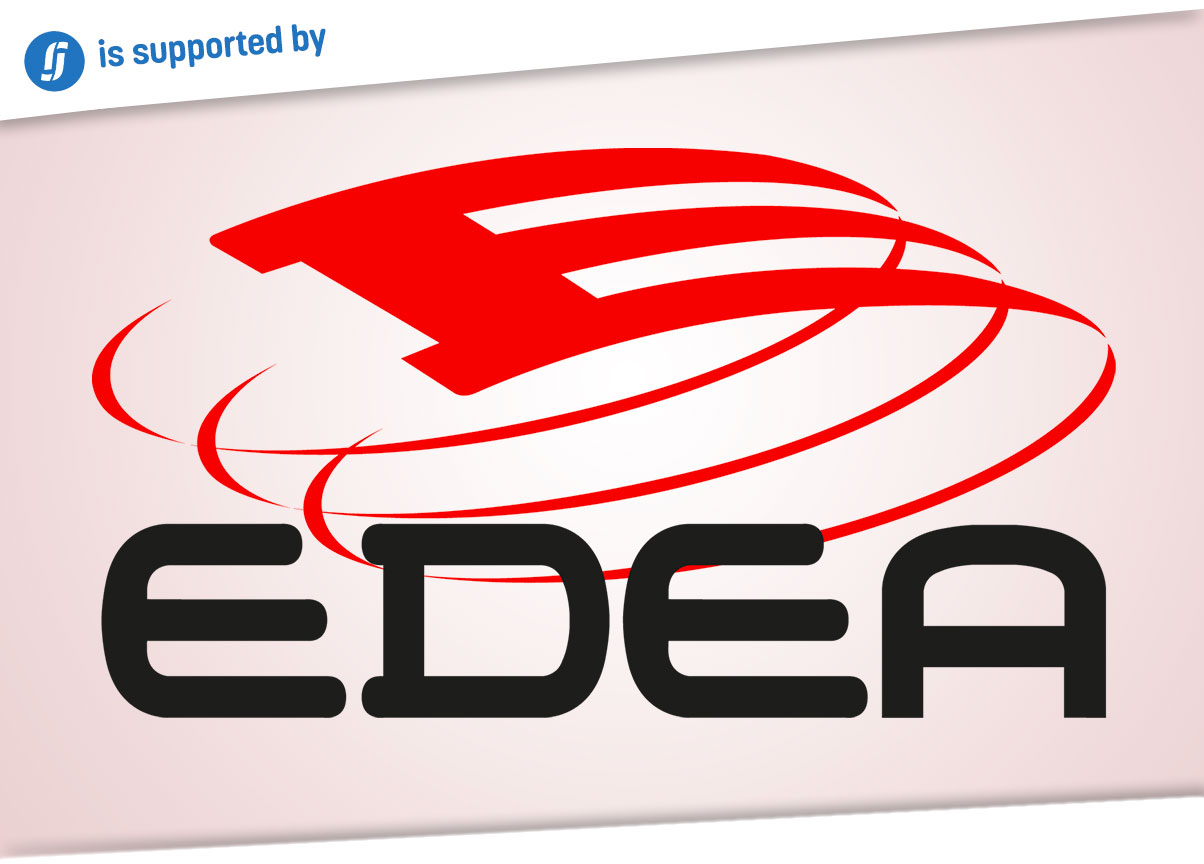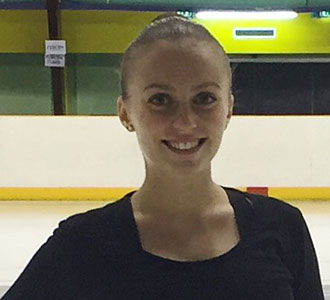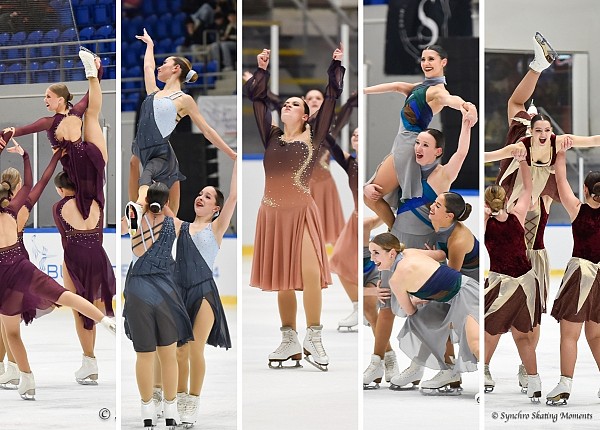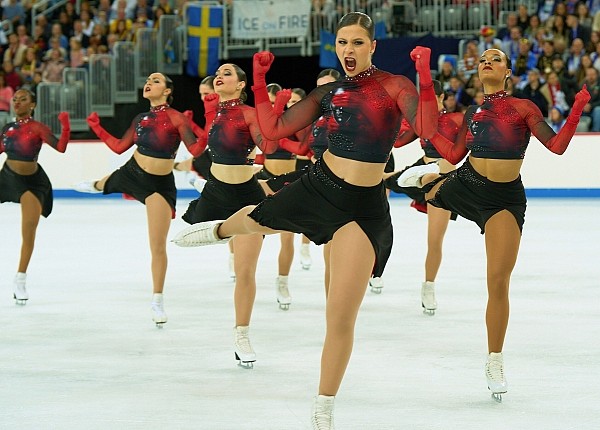Magazine
Improving your skills without actually practicing them is possible!
Magazine
Improving your skills without actually practicing them is possible!

Team Zoulous (FRA)
"While I was injured I was watching the games. I was thinking about how I could counter this or this stricker, which pass to make. I found out I could improve even though I could not practice," Vincent Kompany, former international soccer player. Training without ice, is it possible for synchro skaters?
Discover this technique with Alicia Trompette, correspondent for Jura Synchro in France and senior ISU skater.
What is mental imagery?
Mental imagery or mental visualisation is the fact of visualise mentally your sport. Visualise yourself will allow you to feel sensations and activate your senses. In synchro, we can visualise skating our programs while listening to our music but also the moment before the music starts, stepping on the ice, the warmup... A positive visualisation (visualise succeeding a technical element for instance) will allow you to optimise your performance.
What is mental imagery?
Mental imagery or mental visualisation is the fact of visualise mentally your sport. Visualise yourself will allow you to feel sensations and activate your senses. In synchro, we can visualise skating our programs while listening to our music but also the moment before the music starts, stepping on the ice, the warmup... A positive visualisation (visualise succeeding a technical element for instance) will allow you to optimise your performance.
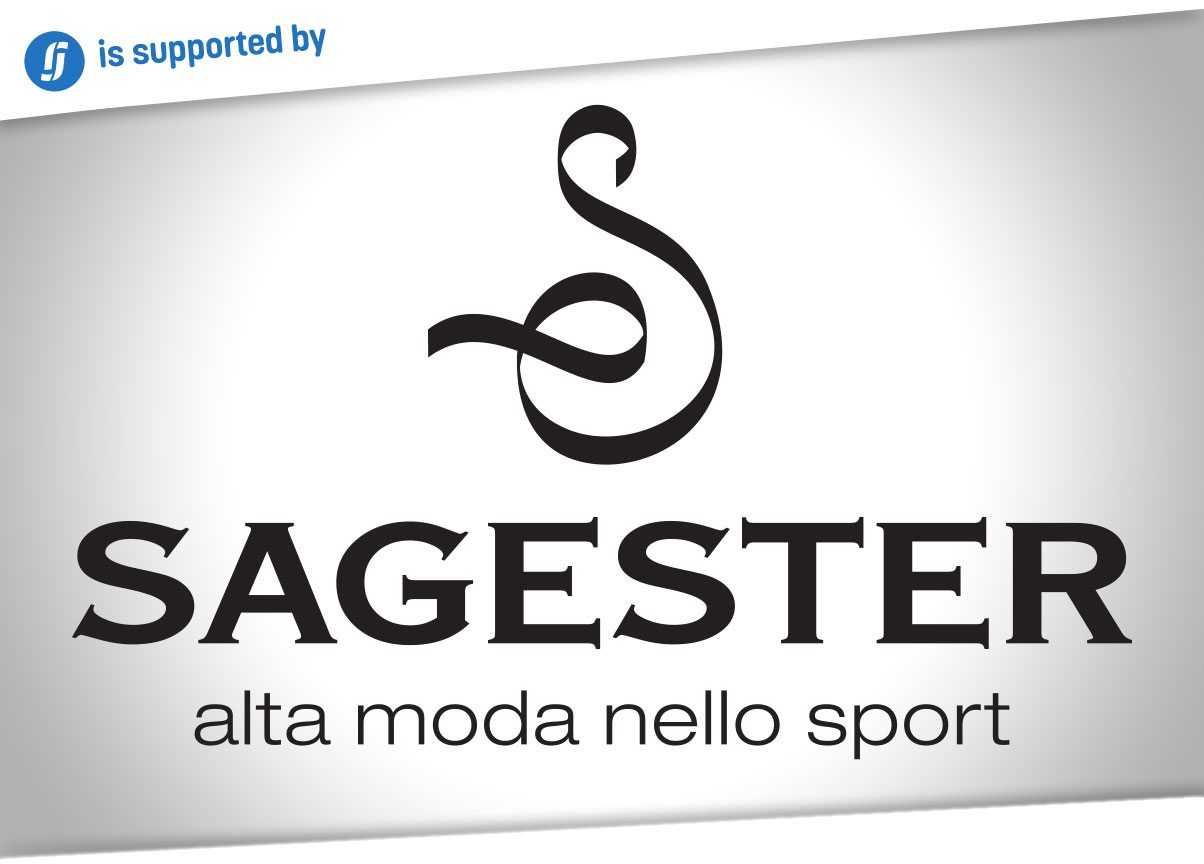
How does it work?
Visualisation has to be positive. It might be placement on the ice, a hold, the key factor for the success of an element.
You should also stay in a realistic visualisation: if I've never jumped in my life, visualising myself doing the triple axel will not make me land the jump.
Visualisation has to be positive. It might be placement on the ice, a hold, the key factor for the success of an element.
You should also stay in a realistic visualisation: if I've never jumped in my life, visualising myself doing the triple axel will not make me land the jump.

(Credits: Olivier Brajon / Patinage Magazine)
Visualising will activate the same areas in the brain as when you do it for real. It will save the imagined movements and therefore the scenarios and positive images. The information is now saved and can become an automatism: visualisation allows you to practice... without practicing for real!
For example, if at practice I have succeeded in all my twizzles, I will try to find what made my success. It might be my upper body posture, the way I placed my foot, the direction I have taken, advice from the coach... and I will write it down.
That way, when I will visualise myself doing twizzles, I will remember the sensation, the noise of my blade, the good posture of my body, etc.
For example, if at practice I have succeeded in all my twizzles, I will try to find what made my success. It might be my upper body posture, the way I placed my foot, the direction I have taken, advice from the coach... and I will write it down.
That way, when I will visualise myself doing twizzles, I will remember the sensation, the noise of my blade, the good posture of my body, etc.

Les Zoulous at the Lumière Cup 2019
A few examples in synchronized skating:
In my team, Les Zoulous, we use visualisation a lot in competition. Our bodies know and recognize the moment when we need to focus.
We have a first personal visualisation in the rink stands before each off ice warmup which lasts between 10 and 15 min, then a team visualisation right before going on the ice. Some of us also like to do it the night before competing.
In my team, Les Zoulous, we use visualisation a lot in competition. Our bodies know and recognize the moment when we need to focus.
We have a first personal visualisation in the rink stands before each off ice warmup which lasts between 10 and 15 min, then a team visualisation right before going on the ice. Some of us also like to do it the night before competing.
There's two different ways to do visualisations: either "internal" which means you visualise through your eyes, or "external", when you see yourself from outside. The goal is to find what works best for the athlete.
Personally, I use both. I will play our music three times. On the first one, I'm sitting eyes closed, I visualise from my point of view. On the second, still sitting but with open eyes, I follow my track on the ice. Finally, I stand up and mark my program to activate my muscles. Some of my teammates like to stay seated the whole time, others prefer to mark the program during the 10-15 minutes.
Personally, I use both. I will play our music three times. On the first one, I'm sitting eyes closed, I visualise from my point of view. On the second, still sitting but with open eyes, I follow my track on the ice. Finally, I stand up and mark my program to activate my muscles. Some of my teammates like to stay seated the whole time, others prefer to mark the program during the 10-15 minutes.

What should I do if I visualise myself falling / failing ?
To give an example, at Worlds in 2017 my team and I were skating last in the short program. We were in the stands before our visualisation and the Crystallettes from the USA were skating. One skater fell right before the pivoting block.
My first thought was "What if we too, had a fall preparing the pivoting block?". The next team was Les Suprêmes and this time, there's a fall on the angle intersection with a serious injury. I felt very stressed: "What if this situation happens to us, too?".
When I started my visualisation I pictured myself falling! I then stopped my music and started thinking about all the times we succeeded the elements, both at Worlds, and on our home rink.
I managed to "block" the bad images by focusing on the good sensations at practice and the stress went away. Once on the ice, I wasn't thinking about it anymore: only confidence in me and my team.
Listening to a song you like or that reassure also helps -make a fun playlist for the dressing room, listen to it with your team!
To give an example, at Worlds in 2017 my team and I were skating last in the short program. We were in the stands before our visualisation and the Crystallettes from the USA were skating. One skater fell right before the pivoting block.
My first thought was "What if we too, had a fall preparing the pivoting block?". The next team was Les Suprêmes and this time, there's a fall on the angle intersection with a serious injury. I felt very stressed: "What if this situation happens to us, too?".
When I started my visualisation I pictured myself falling! I then stopped my music and started thinking about all the times we succeeded the elements, both at Worlds, and on our home rink.
I managed to "block" the bad images by focusing on the good sensations at practice and the stress went away. Once on the ice, I wasn't thinking about it anymore: only confidence in me and my team.
Listening to a song you like or that reassure also helps -make a fun playlist for the dressing room, listen to it with your team!

Trying to focus in a full rink with the noise and people walking everywhere can be tricky, but with experience, nothing can disrupt us.
Something I remember perfectly from my very first World Championships is a sentence Lyne Forget, former Les Suprêmes coach who helped us from time to time said to our team. Once in Boston, she kept saying with her Quebec accent: "Boston is like Lyon"!
If an arena daunts you, try to visualise your home rink. Since then, I always think about this catchphrase and even skating in the huge "Globen" arena at Worlds in 2018 did not stress me that much!
Learn more about mental visualisation
If an arena daunts you, try to visualise your home rink. Since then, I always think about this catchphrase and even skating in the huge "Globen" arena at Worlds in 2018 did not stress me that much!
Learn more about mental visualisation
